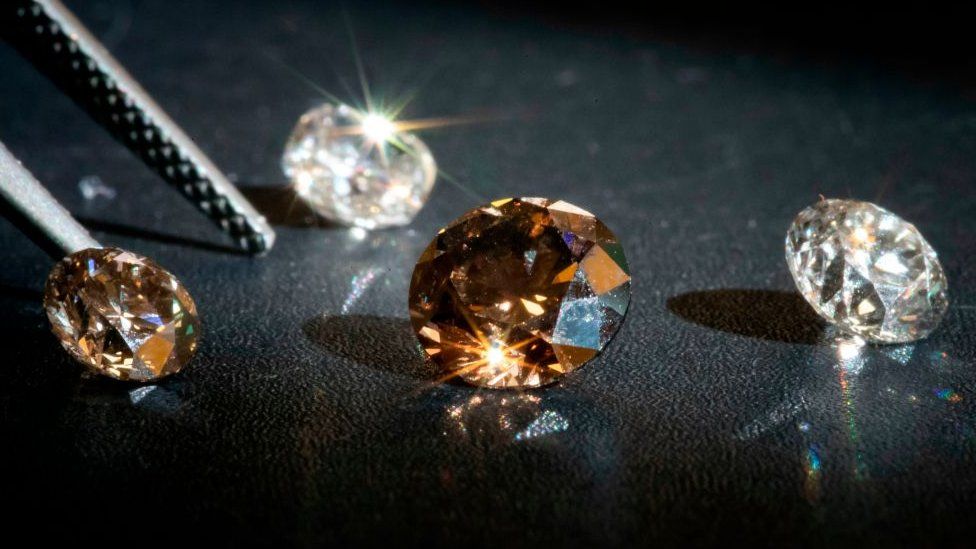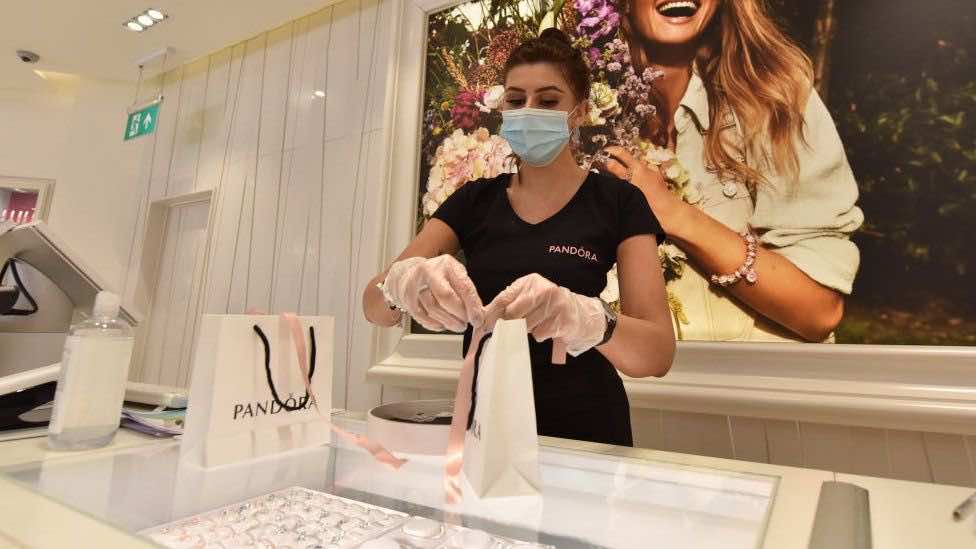The world’s biggest jeweler, Pandora, said that laboratory-made diamonds would last forever. It also said of eliminating the use and selling of mined diamonds from its platform.
Mined diamonds have been used for centuries to make jewelry that brings grace to the ladies. It has proved to be a status symbol and a source of attraction. But no more, with the world’s largest jeweler adapting to alternatives to create diamonds in laboratories, mined diamonds seem to stand less of a chance now.
Growing demand for alternatives to mined diamonds is sourced from the concerns about the environment and working practices in the mining industry. Alexander Lacik, Pandora’s chief executive said that the change was part of a broader sustainability drive. He added that the firm is pursuing it because it is the right thing to do.
Creating diamonds in a laboratory is much cheaper than obtaining the precious rock from beneath the earth’s surface. “We can essentially create the same outcome as nature has created, but at a very, very different price.” As per Pandora’s chief, creating diamonds in the laboratory is one-third of the expense that it takes to dig them from the ground.

The stats from 2020 show that the worldwide lab-grown diamond production raised to between 6 and 7 million carats, subsequently decreasing the production of mined diamonds to 111 million carats. Mined diamond production fell most in Canada, Russia, Botswana, and Australia. The world produced a maximum of the mined diamonds in a single year in 2017, where the figures reached 152 million carats.
The jewelry’s price will start from £250 ($350), made from Pandora’s lab-made diamonds made in Britain and will be sold in the UK for the first time. Mr. Lacik believes that Pandora’s diamond-made jewelry sales will boost because of the lower prices.

“Pandora jewelry today is much more of an everyday type of jewelry, even though a large proportion of it is gifted. The way the diamond industry has kind of been created to a large degree has been very much about gifting, and in particular around when people get engaged or married”.
“We’re trying to open up this playing field and say, you know, with the type of value equation that we offer, you can use this every day if you want.” He expects people to buy gifts more often for themselves instead.

“What might very well happen is actually that the total demand for diamonds is going to increase. So, it may actually not be a question of, we steal somebody else’s lunch”.
Bain report’s lead-author Olya Linde believes there is room for both, “I believe that natural diamonds and lab-grown diamonds can wonderfully coexist and grow the overall diamond market. There’s a clear demand for each type of product.”
Linde added that better designs and cheap prices are the reasons that account for customers pick lab-made diamonds over the conventionally obtained mined diamonds. Also, concerns are that mining for diamonds isn’t environment friendly and the method through which humans have been developing it is not sustainable.
Lab-grown diamonds
Developing an artificial counterpart isn’t an easy feat, most of it is made in China in a process called “high-pressure, high-temperature technology,” with the downside that they consume a lot of energy to produce, most of which comes from coal-powered electricity, also posing significant risks to the environment.
Thankfully, the lab-grown diamonds being produced in America are supported by renewable energy channels. The largest lab-grown diamond producer in America, Diamond Foundry said that they use 100 percent hydro-powered sources of energy.
Also, when answering the concerns on eliminating the mining for diamonds would cause poverty and loss of livelihood for the laborers, Pandora’s chief said that the long term is what matters relating to the company’s approach to sustainability. He said, “We want to become a low-carbon business. I have four children, I’m leaving this earth one day, I hope I can leave it in a better shape than maybe what we’ve kind of created in the last 50 years or so.”


